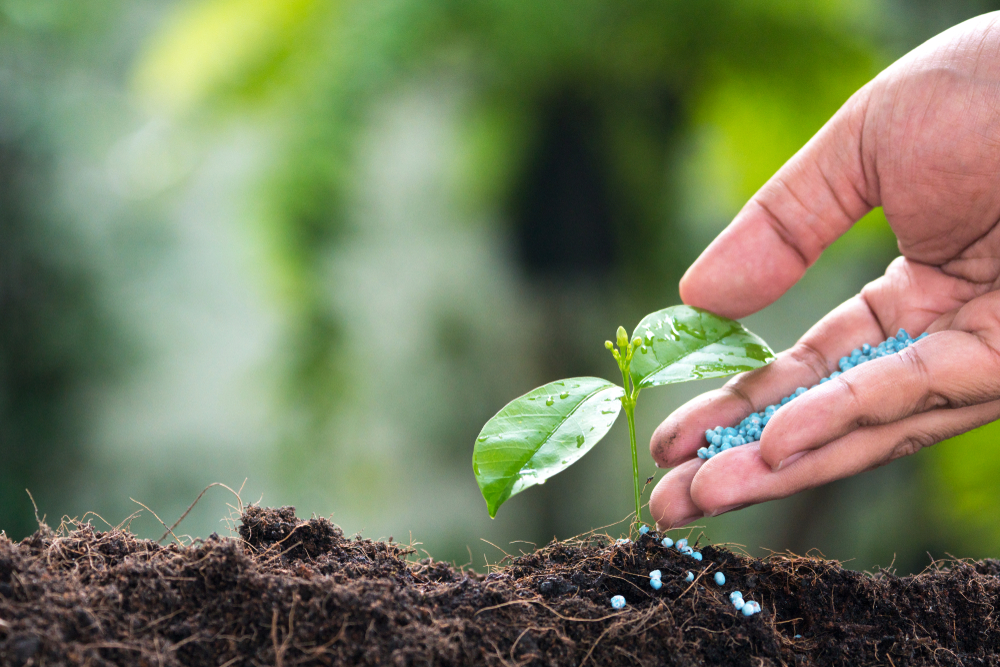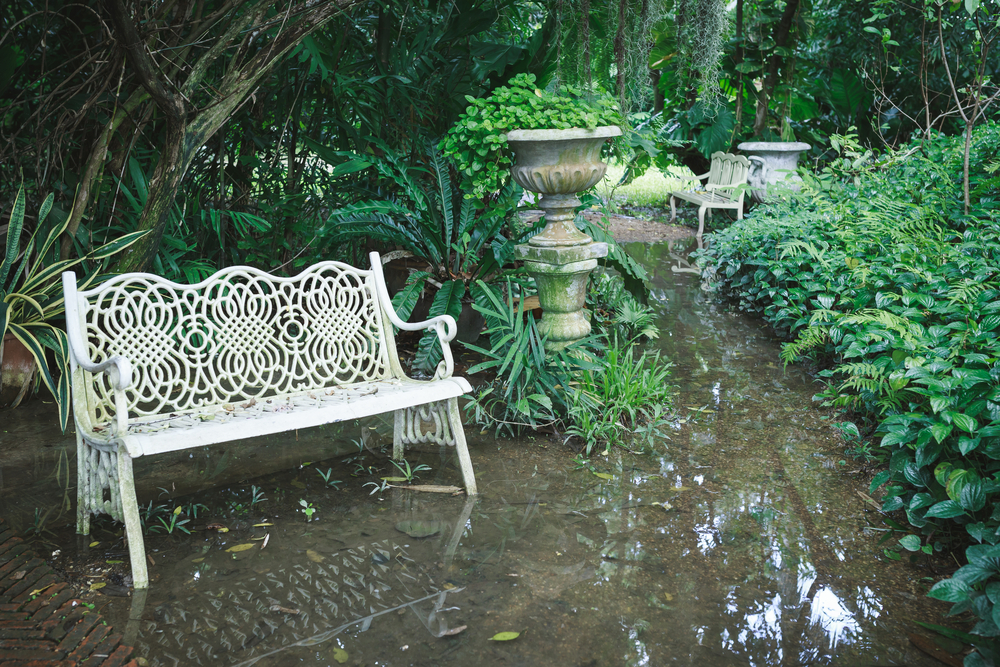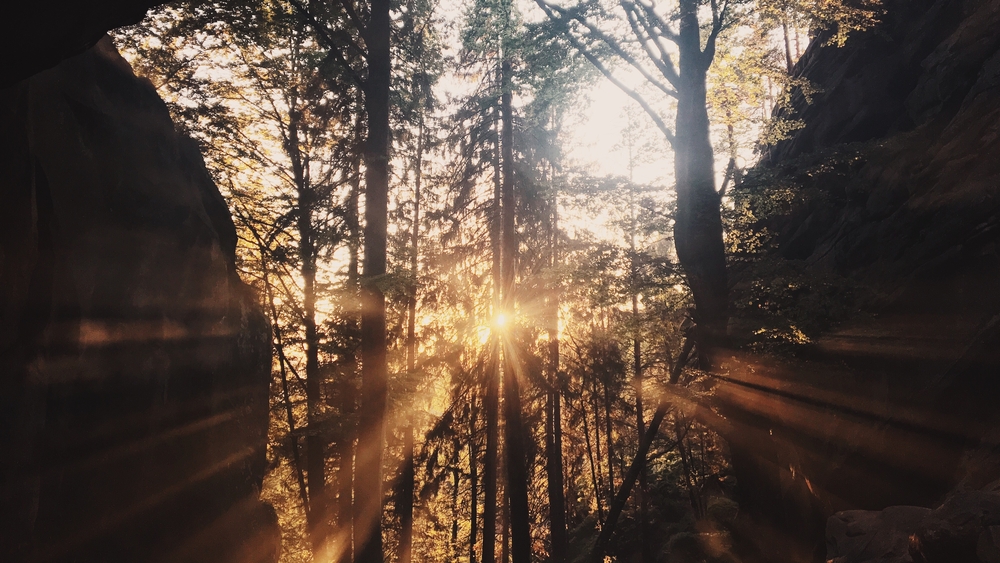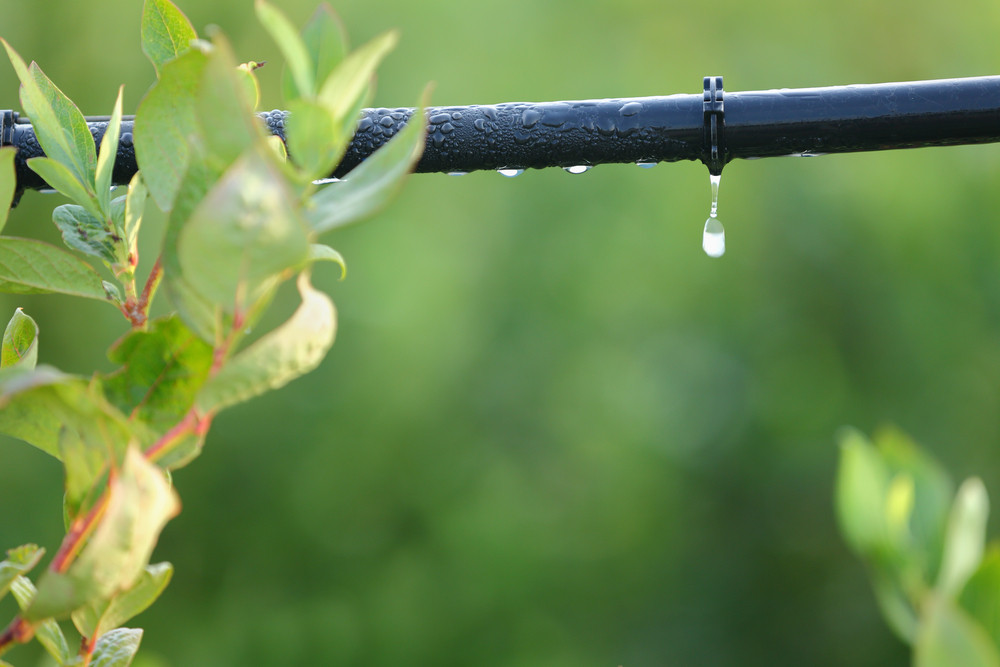Plant Development: Fertilizers, What to look for.

When buying fertilizers, they should have 3 set of numbers printed on the packaging (I.E. 31-8-8), these three are corresponding ratios of the macro-elements N-P-K, namely nitrogen, phosphorous and potassium. These 3 elements fulfill their own roles in the health and growth of a plant; nitrogen is essential for leaf formation and growth; phosphorous is essential for anything related with stem growth, flowering and fruiting; and potassium is what transports all these other goodies to every part of the plant.
But still, too much of a good thing is a bad thing! If one applies fertilizers more frequently and/or numerously than suggested on the packaging, then the plant will be burnt out due to the soil being toxic.
Fertilizers should be spread out on the surface of the potting mix and never concentrated at one small area. This gives thee plant the incentive to grow and cultivate roots capable of reaching all parts of the soil volume.
Gardening Caution: Overwatering

Water is indeed one of the most crucial necessity for plant life but overwatering will lead to problems and no good at all.
Soil is largely separated into 3 types, 1) sandy which has the best water drainage; 2) clay which has the best water retention; and 3) loamy which is somewhere in the middle of the previous 2. So is sandy soil the worst type? No. It really depends on the plant in question. This is exactly why we only plant cacti in sandy soil. High water retention in soil is only ideal for plant species that have evolved to survive and thrive in marshlands or near a water body.
A classic example can be found in mint cultivation. When overwatered, mint roots will be effectively ‘drowned’ and ‘suffocated’ by the combination of soil and water, leading to the roots rotting. Without roots, the mint will eventually die as it has lost its means for absorbing nutrients in the soil. This is indeed the same for all plants except for specialised plants which possess unique mechanisms to help them survive.
In a nutshell, always check the water preference of the plants in question and use the appropriate type of soil! Unless of course, you’re using hydroponics or cultivating aquatic plants.
Plant Development: Let there be Light!! Or maybe not too much of it.

In school, we all have learnt about the simple concept of photosynthesis. Using sunlight as one of the key prerequisites, plants perform a chemical process that turns these life-giving rays into simple sugars which sustain their growth.
While this is true for all plants, plant species’ requirements for light all vary and thus it is important to know what these requirements are. For example, money plants can survive indoors because they have evolved to require less light for photosynthesis. Conversely, if money plant is exposed to a full day of strong sunlight, they might become ‘burnt’ and brown with dry spots appearing on the leaves. On the other hand, fruit trees such as durian and rambutan trees require a full day of sunlight as they need as much of the simple sugars from photosynthesis to develop their fruits.
Thus it is always good to have an idea of the area you intend to garden in and what plants can thrive in the light conditions of that area. If the area has less than 2 hours of direct sunlight, it is a shaded area; if the area has 2 – 6 hours of sunlight, it is a half-sun area; and if the area has 6 – 12 hours of direct sunlight, it is a full-sun area. Note that these are simple guidelines and certain plant species require more precise amount of light than others.
PS: Direct sunlight is if the sun rays actually shine on the plants themselves. So if it is cloudy or raining the entire day, it actually counts as half-sun as they only take about half a day’s worth of direct sunlight. Indirect sunlight is if the sunlight is filtered by tinted windows, nets, window grills, etc. Sunlight that is shining near the plants but not directly touching them are called “reflected light” and is also considered indirect sunlight.
Irrigation Note: Fuss-free watering!

Irrigation systems are essentially water flow systems that automate and/or ease the somewhat tedious task of keeping soils and growing medium moist. They often involve a network of hoses and customised nozzles depending on the watering needs of all plants involved. The only drawback from an irrigation system is that decades down the road, a nozzle may malfunction or a hose needs replacing.
Hoses used are usually straightforward. They are often rubber hoses atypical to those commonly found in any household garden. In an irrigation system, they are often connected to other hoses via small plastic frames that make tight turns easier and less cumbersome to accomplish. More important are the nozzles. Nozzles determine how the water is distributed to the plants. The most commonly used are the spray nozzles and the drip nozzles. The spray nozzles are what is commonly found in western households and it sprays water in all directions when water is fed to the irrigation system. There are also variants which sprays a single stream of water in a clockwise direction. On the other hand, the drip nozzles literally drip out droplets of water in a much more controlled manner.
For Culti Green green walls, we usually install drip nozzles as they minimise water consumption, significantly reduce the risks of overwatering and mitigate the tedium of disposing excess spillage and drainage after watering.

